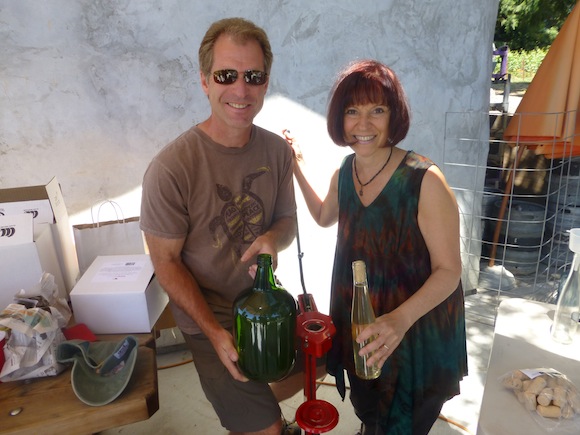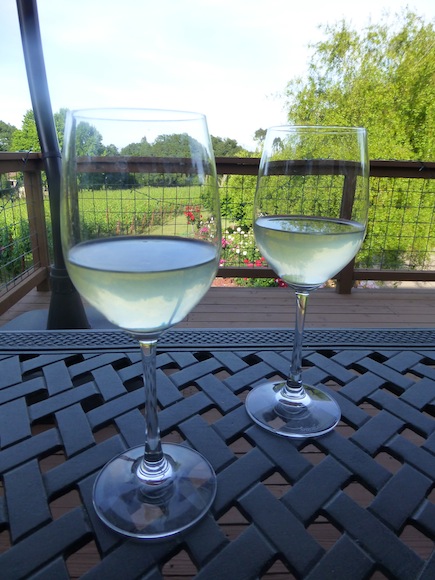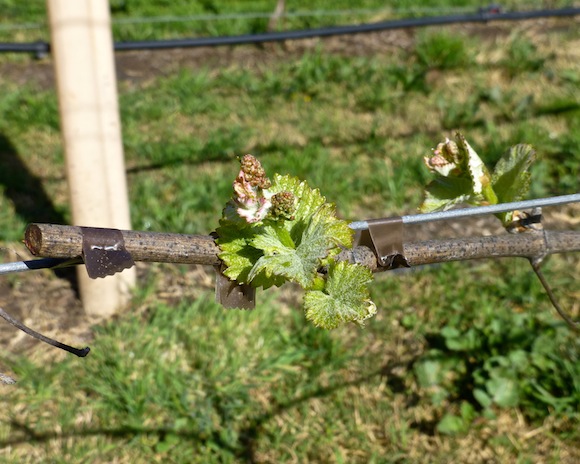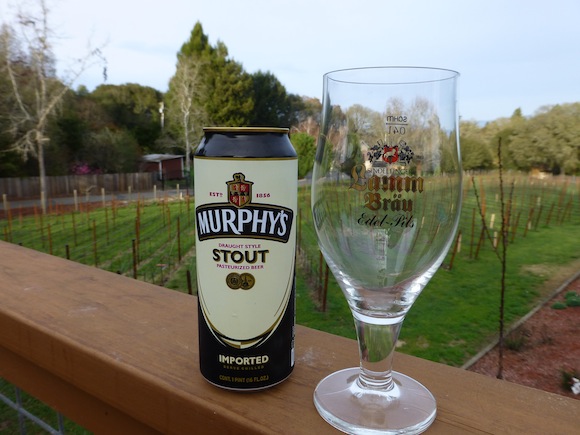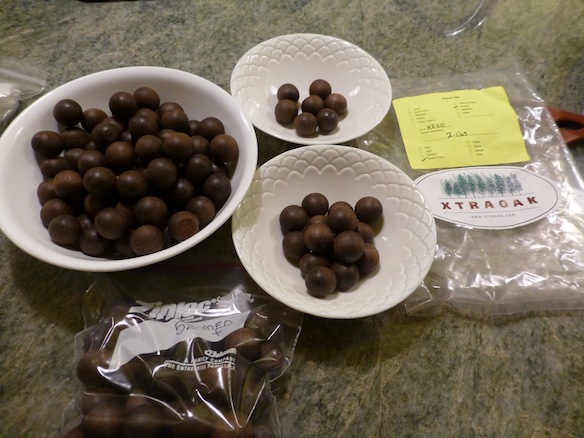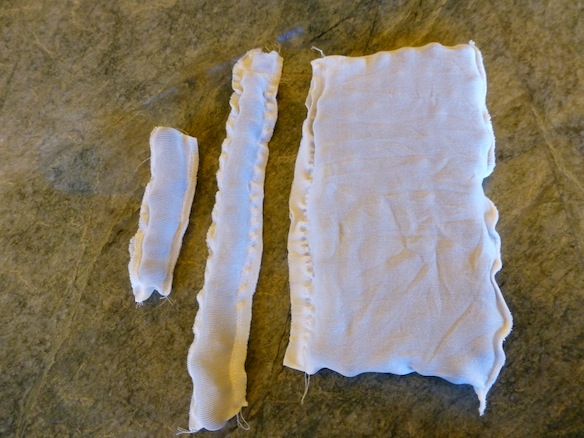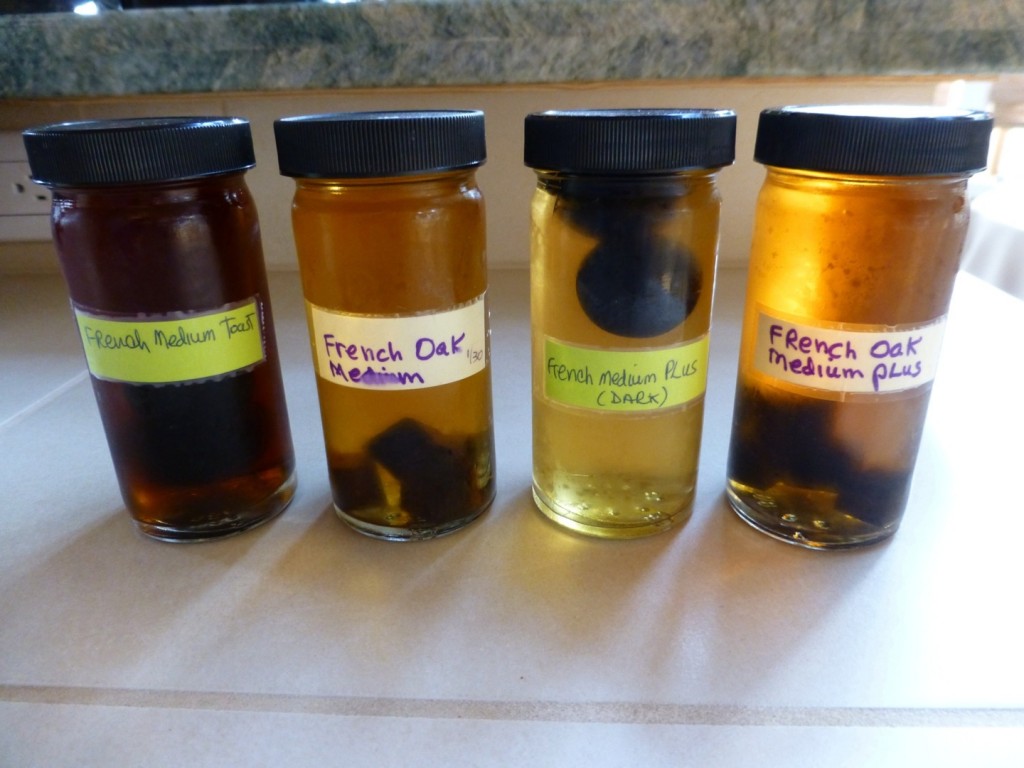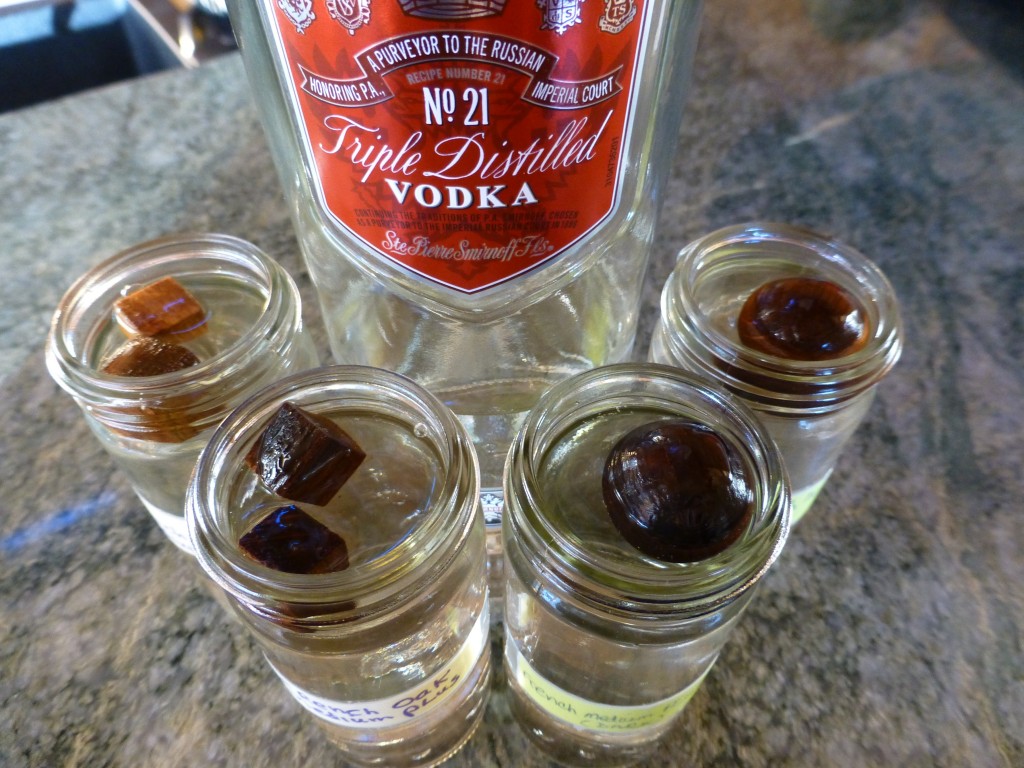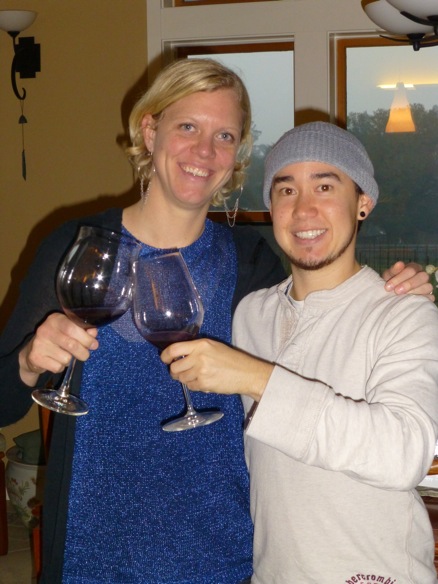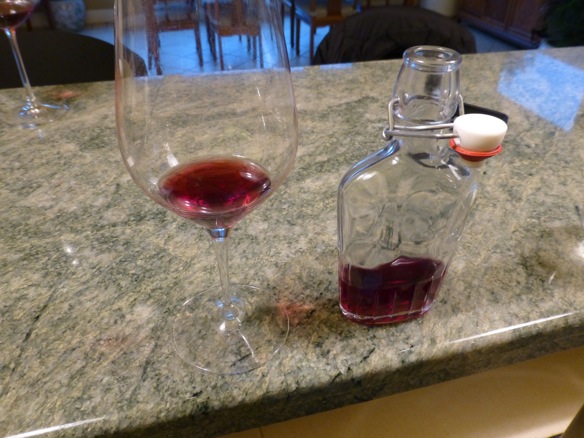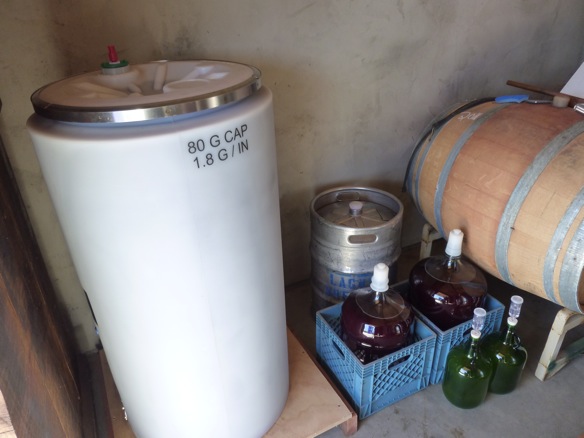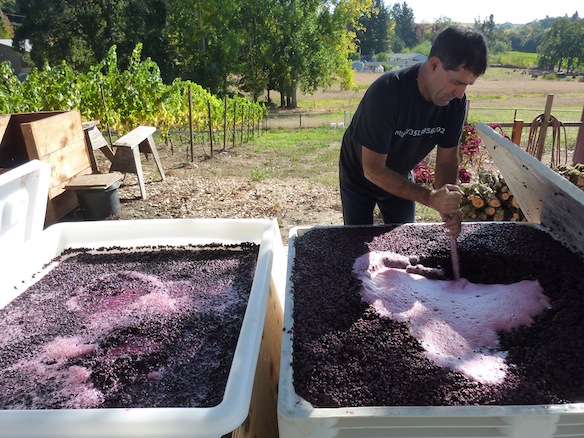 Pictured is John Mason of EMTU Vineyards with his Pinot noir on the right and Turtle Vines Pinot noir on the left this last fall.
Pictured is John Mason of EMTU Vineyards with his Pinot noir on the right and Turtle Vines Pinot noir on the left this last fall.
I just finished a 4 day course at Santa Rosa Junior College entitled “Working with your Winemaker”. In essence, the class is designed to teach the vineyard owner/manager the important parameters in the vineyard that effect wine, and how to make it better. Winemakers can only make good with with good grapes, they need great grapes to make great wine! That is our goal, great grapes…and then great wine.
Here are the key items I took from the class
* Great vineyards only have 3-4 shoots/foot. This should balance the growth between grapes and shoots/leaves. If you try for to much fruit it won’t ripen and you will probably get mold/mildew.
* Red wine needs to be water stressed between set and version (small berries to when they turn red). This sounds odd, but the vine needs to look a little weak before you add water…and then after that only water to 40% of what a normal plant would need for a month or so. This is good for color and flavor.
* Leaves around the grapes have to allow dappled light to the clusters, and in some cases you strip all the leaves. This will give you more intense flavors.
* In the vineyard many times less is better. So you have to thin leaves, remove shoots and clusters, prune to only allow the correct amount of fruit. It seems like the vines want to grow, and you want to only allow it to grow how you want it to grow. If you do it correctly, this will produce a “balanced” vine and “balanced” wine. Use this term next time you are at a winery and see what they say.
* Rule of thumb – if the shoot is shorter than the first wire…no clusters, up to the second wire…1 cluster, above that 2 clusters.
* It is best to have a cover crop to help stress the vines as it gives them competition for water and nutrients.
* Lastly, the Winemaker is always right
Doug Williams – Turtle Vines grower/vintner
